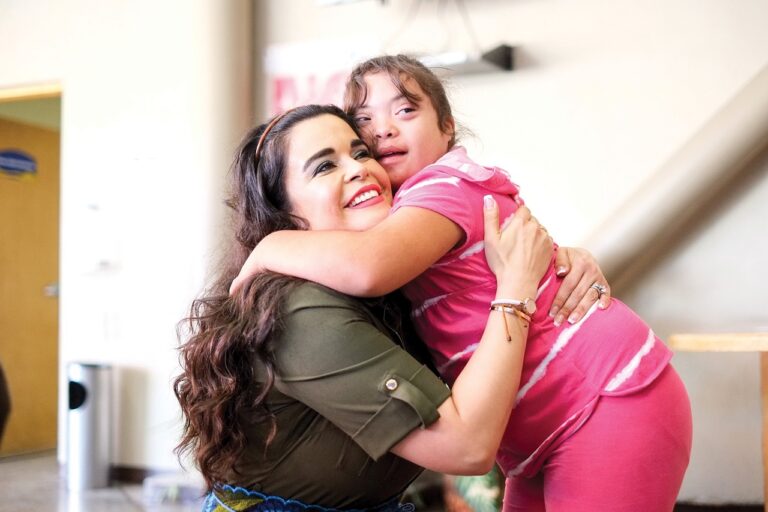Education and the Internet of Things (IoT)
IoT technology has revolutionized the landscape of classroom settings by providing innovative solutions to enhance the learning experience. Through the integration of IoT devices, educational institutions have been able to streamline administrative processes, automate tasks, and improve overall classroom efficiency. Students can now benefit from interactive learning tools, personalized learning experiences, and real-time feedback, leading to a more engaging and dynamic educational environment.
Furthermore, IoT devices have facilitated seamless communication among students, teachers, and parents, fostering collaboration and strengthening the school community. The ability to access educational resources and interact with course materials anytime, anywhere has extended the boundaries of traditional learning spaces. As a result, the role of technology in education has evolved to not only support academic growth but also nurture critical thinking, problem-solving skills, and digital literacy among students.
Enhancing Student Engagement with IoT Devices
Incorporating Internet of Things (IoT) devices in the classroom has the potential to revolutionize student engagement and learning experiences. By connecting physical devices to the internet, educators can offer interactive and personalized lessons that cater to individual student needs. These devices can range from smart whiteboards and tablets to wearable technology, creating a dynamic and tech-savvy learning environment.
IoT devices not only enhance classroom interactions but also provide valuable real-time data to both students and teachers. For instance, wearable devices can track students’ physical activity levels, sleep patterns, and even stress levels, enabling educators to offer targeted support and interventions. This data-driven approach can help tailor educational strategies to meet the diverse needs of students, leading to improved academic performance and overall well-being.
IoT Applications in Educational Institutions
IoT technology has revolutionized the way educational institutions operate, introducing a myriad of innovative applications that enhance overall efficiency and student learning experiences. By incorporating IoT devices into classrooms, schools can create interactive learning environments that cater to individual student needs. For example, smart whiteboards can adapt to different teaching styles, providing personalized learning experiences for students while also aiding educators in delivering content more effectively.
Moreover, IoT applications in educational institutions extend beyond the classroom, impacting various aspects of school management. From monitoring and optimizing energy consumption to enhancing campus security through smart surveillance systems, IoT technology plays a crucial role in ensuring the smooth functioning of educational facilities. By leveraging IoT solutions, schools can streamline administrative tasks, improve resource utilization, and create safer, more sustainable environments for both students and staff.
What is the impact of IoT on classroom technology?
IoT has revolutionized classroom technology by enabling smart devices to connect and communicate with each other, creating a more interactive and efficient learning environment.
How can IoT devices enhance student engagement in educational institutions?
IoT devices can enhance student engagement by providing personalized learning experiences, interactive teaching tools, real-time feedback, and better communication between students and teachers.
What are some common IoT applications in educational institutions?
Common IoT applications in educational institutions include smart classrooms with connected devices, virtual and augmented reality tools for experiential learning, wearable technology for tracking student progress, and automated attendance and grading systems.
How can educators leverage IoT technology to improve teaching outcomes?
Educators can leverage IoT technology to track student performance, personalize learning experiences, automate routine tasks, and collaborate with colleagues and students more effectively, ultimately leading to improved teaching outcomes.





